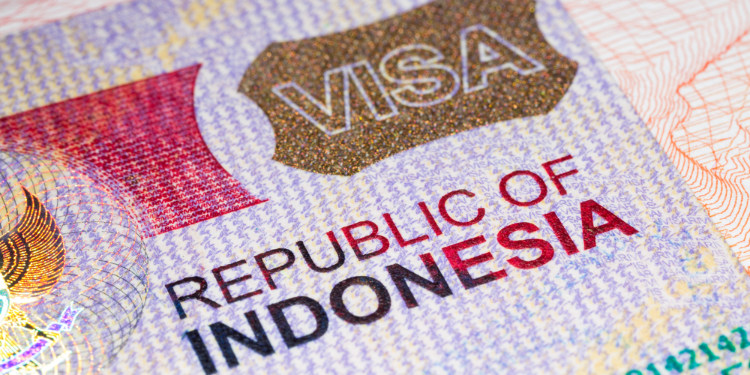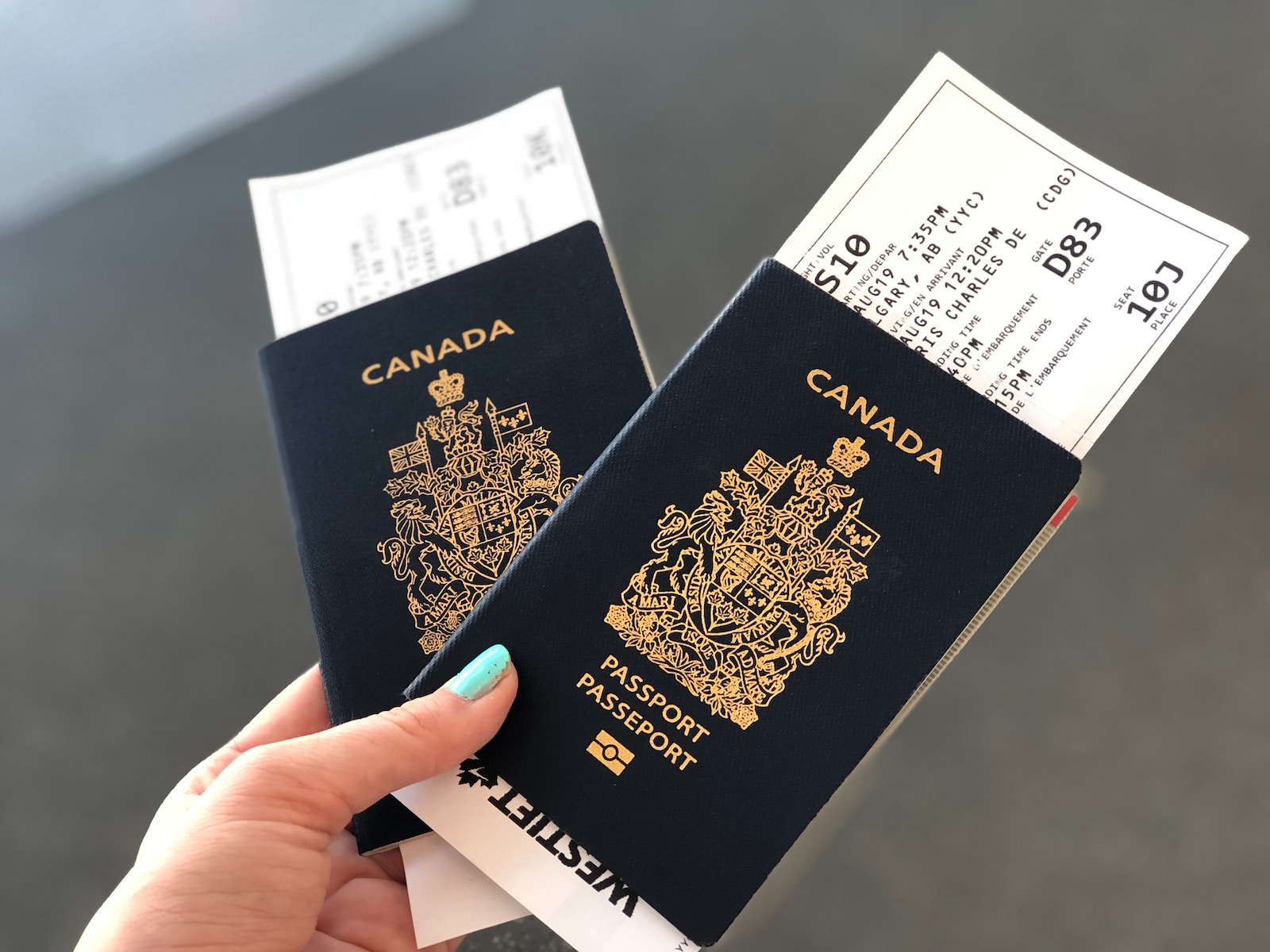The process of applying for a Schengen visa can often seem daunting, especially for first-time applicants. This comprehensive guide aims to provide you with all the necessary information to successfully apply for a Schengen visa, allowing you to explore the beautiful countries within the Schengen Area.
Introduction
Traveling to Europe offers a wealth of cultural experiences and breathtaking landscapes, and a Schengen visa serves as your entry ticket to the countries within the Schengen Area. Whether you plan to visit France, Germany, Italy, Spain, or any of the other 25 countries in this zone, understanding the Schengen visa application process is crucial.
What is a Schengen Visa?
A Schengen visa is a travel document that allows non-European Union (EU) citizens to enter and travel freely within the Schengen Area. This area consists of 26 European countries that have abolished internal border controls, creating a single jurisdiction for international travelers.
The primary purpose of the Schengen visa is to facilitate tourism, business travel, and cultural exchanges within these countries. With a Schengen visa, you can explore multiple countries without the need for separate visas for each destination.
Types of Schengen Visas
There are different types of Schengen visas available depending on the purpose and duration of your visit. The most common ones include:
- Uniform Schengen Visa (USV): This visa allows you to stay in the Schengen Area for up to 90 days within a 180-day period. It is suitable for tourism, business trips, or visiting family and friends.
- Limited Territorial Validity Visa (LTV): This visa restricts your travel to certain Schengen countries only, usually issued for specific reasons such as humanitarian needs or national interest.
- National Visas: These visas are granted for long-term stays exceeding 90 days, such as for work, study, or family reunification.
Each type of visa has its specific requirements and conditions. It’s important to determine the most appropriate visa type based on your purpose of travel.
Schengen Visa Application Process
Applying for a Schengen visa involves several steps and careful preparation. Here’s a step-by-step overview of the application process:
- Eligibility criteria: Check if you meet the basic requirements, such as a valid passport, sufficient funds, and a genuine purpose of travel.
- Required documents: Gather the necessary documents, including a completed application form, passport-sized photos, travel insurance, flight itinerary, and proof of accommodation.
- Application form and fees: Fill out the application form accurately and pay the required visa fees. Ensure all information provided is correct and up to date.
- Appointment booking: Schedule an appointment at the designated consulate or visa application center in your country of residence. The availability of appointments may vary, so it’s advisable to book in advance.
- Submission and biometric data: Attend the appointment and submit your application and supporting documents. In most cases, biometric data, such as fingerprints and a digital photograph, will be collected during this stage.
- Processing Time and Decision: The average processing time for a Schengen visa application is around 15 calendar days. However, this may vary depending on various factors such as the consulate’s workload, the time of year, and the complexity of your case.
- Travel Insurance and Accommodation: It is mandatory to have travel insurance that covers medical expenses, emergency treatment, and repatriation. Additionally, you will need to provide proof of accommodation, such as hotel reservations or an invitation letter from a host.
- Interview and Supporting Documents: Some consulates may require an interview as part of the application process. Prepare for the interview by rehearsing possible questions and bring any additional supporting documents that could strengthen your application.
Tips for a Successful Schengen Visa Application
To increase your chances of obtaining a Schengen visa, consider the following tips:
- Complete and accurate information: Fill out the application form carefully, ensuring all details are accurate and match the supporting documents.
- Supporting documents organization: Arrange your documents in a logical order and include all required paperwork. Make sure they are easy to navigate for the visa officer.
- Financial stability and proof: Demonstrate that you have sufficient funds to cover your travel expenses by providing bank statements, income tax returns, or sponsorship letters, if applicable.
- Consulate-specific requirements: Research the specific requirements of the consulate or embassy where you will be submitting your application. Consulates may have additional documents or procedures.
- Consistent purpose of visit explanation: Clearly state the purpose of your visit and provide supporting documents related to your itinerary, such as flight tickets, hotel reservations, or invitations from business partners or relatives.
Common Reasons for Schengen Visa Rejection
While no one wants their visa application to be rejected, it’s essential to understand common reasons for refusal to avoid making the same mistakes in your application. Some common reasons include:
- Incomplete or incorrect documentation: Failing to provide all the necessary documents or submitting incomplete forms can lead to rejection.
- Lack of travel history or funds: If you have limited travel history or cannot prove sufficient funds to support your stay, the consulate may question your intention to return to your home country.
- Inadequate purpose of visit explanation: If the purpose of your visit is not clearly explained or supported by relevant documentation, the visa officer may reject your application.
Appeals and Reapplications
If your Schengen visa application is rejected, you have the right to appeal the decision or reapply. The appeal process varies depending on the consulate and country, so carefully review the instructions provided with the rejection letter. Alternatively, you can choose to reapply by addressing the reasons for rejection and providing additional supporting documents.
Conclusion
Applying for a Schengen visa can be a complex process, but with careful preparation and understanding of the requirements, you can increase your chances of a successful application. Remember to gather all necessary documents, present a compelling purpose of visit, and follow the specific instructions of the consulate or embassy where you are applying. The Schengen visa opens doors to explore a diverse range of European countries, each with its unique culture, history, and natural beauty.
FAQs
- Q: How long does it take to process a Schengen visa application? A: The average processing time is around 15 calendar days, but it can vary depending on various factors.
- Q: Can I apply for a Schengen visa in any of the Schengen countries? A: No, you should apply at the consulate or embassy of the country where you plan to spend the most significant part of your trip or the country of your first entry.
- Q: Is travel insurance mandatory for a Schengen visa? A: Yes, travel insurance that covers medical expenses and repatriation is mandatory for Schengen visa applications.
- Q: Can I apply for a Schengen visa if I don’t have a fixed travel itinerary? A: While it’s recommended to have a clear travel itinerary, you can still apply for a Schengen visa with flexible plans. Provide as much detail as possible about your intended activities and accommodations.
- Q: Can I appeal a Schengen visa rejection? A: Yes, you have the right to appeal the decision or reapply, depending on the consulate’s instructions provided with the rejection letter.











